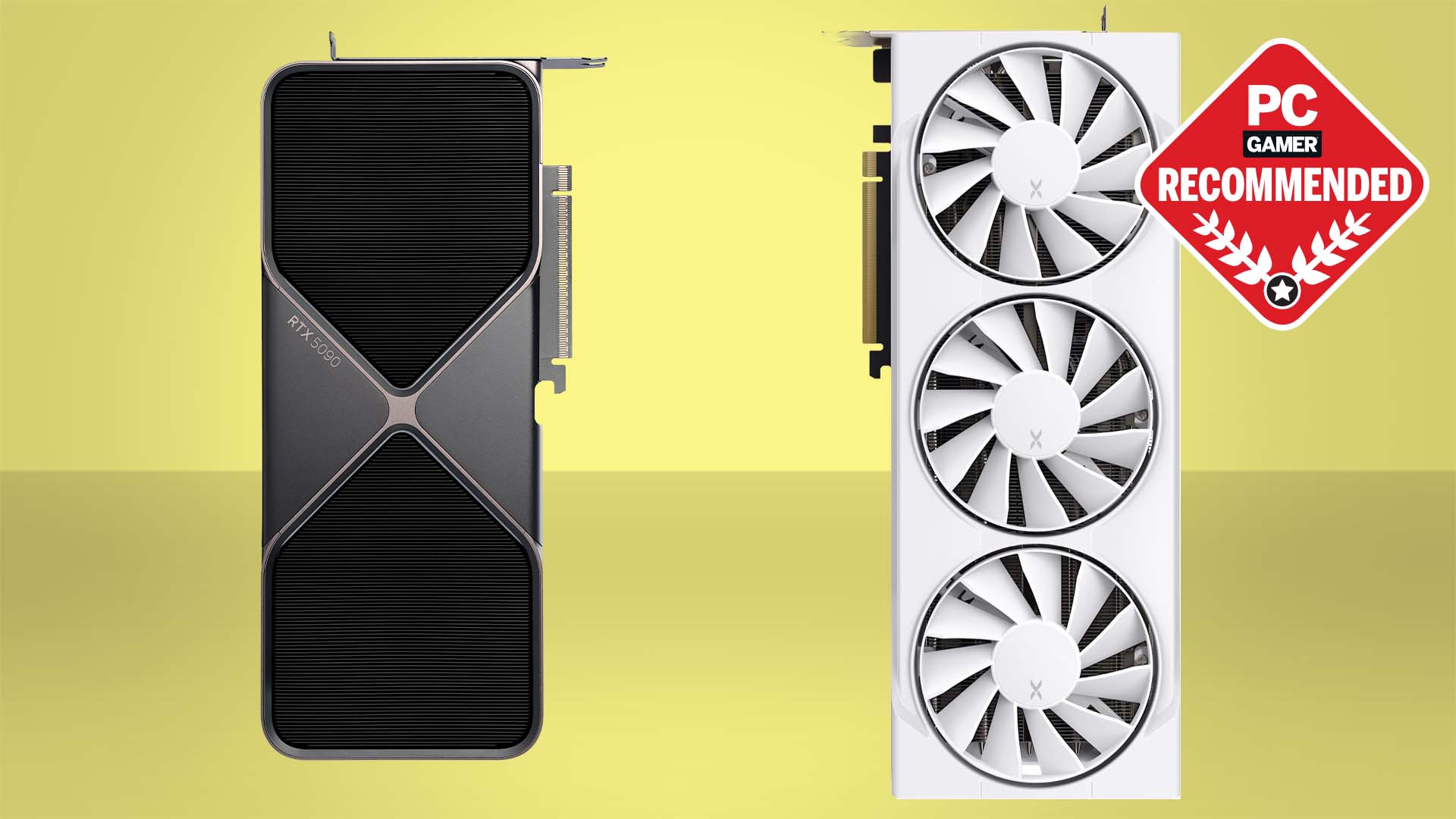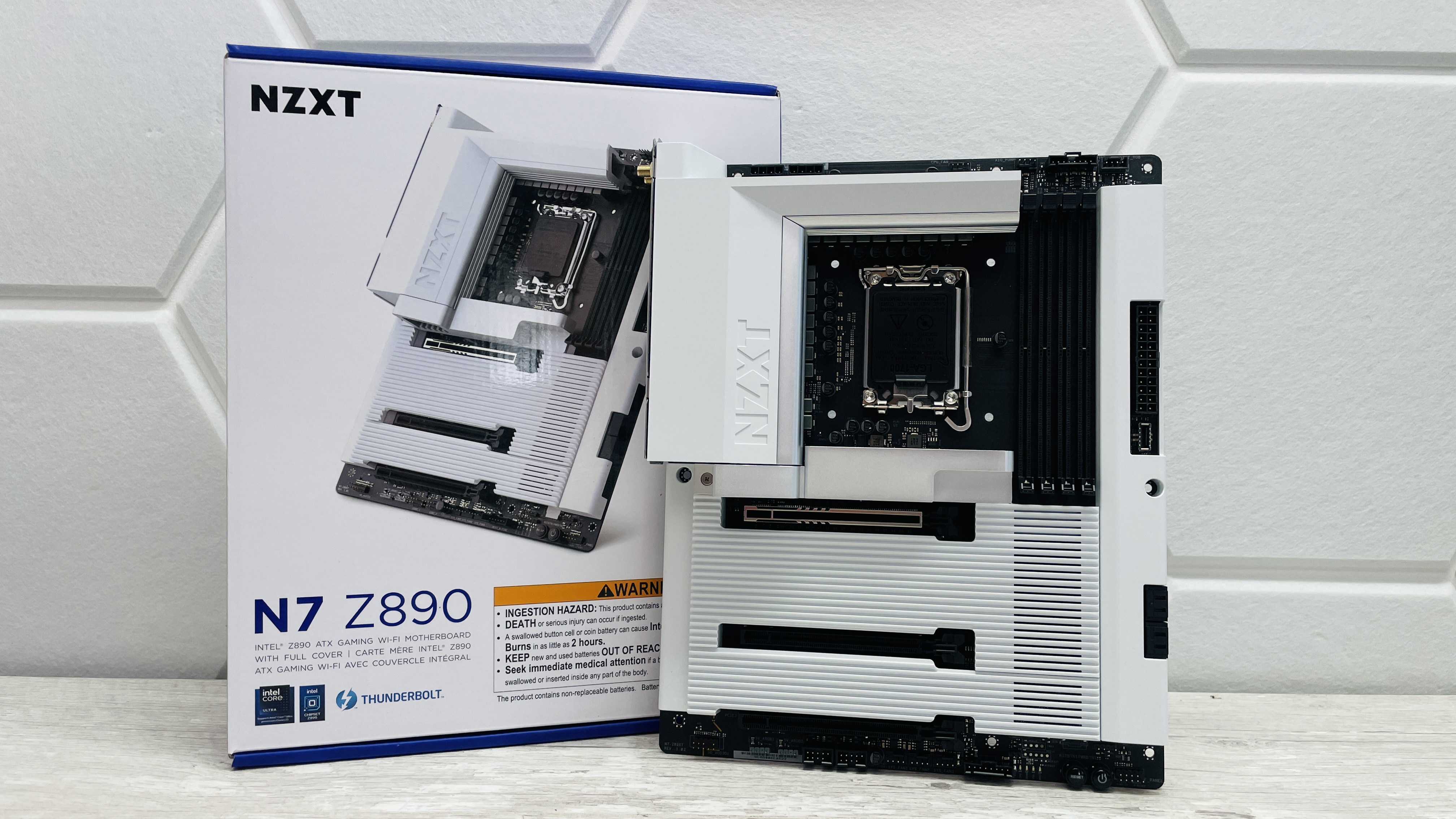Sniper Ghost Warrior Contracts puts the stress back into sniping
Sniping is not easy. It's very, very hard.
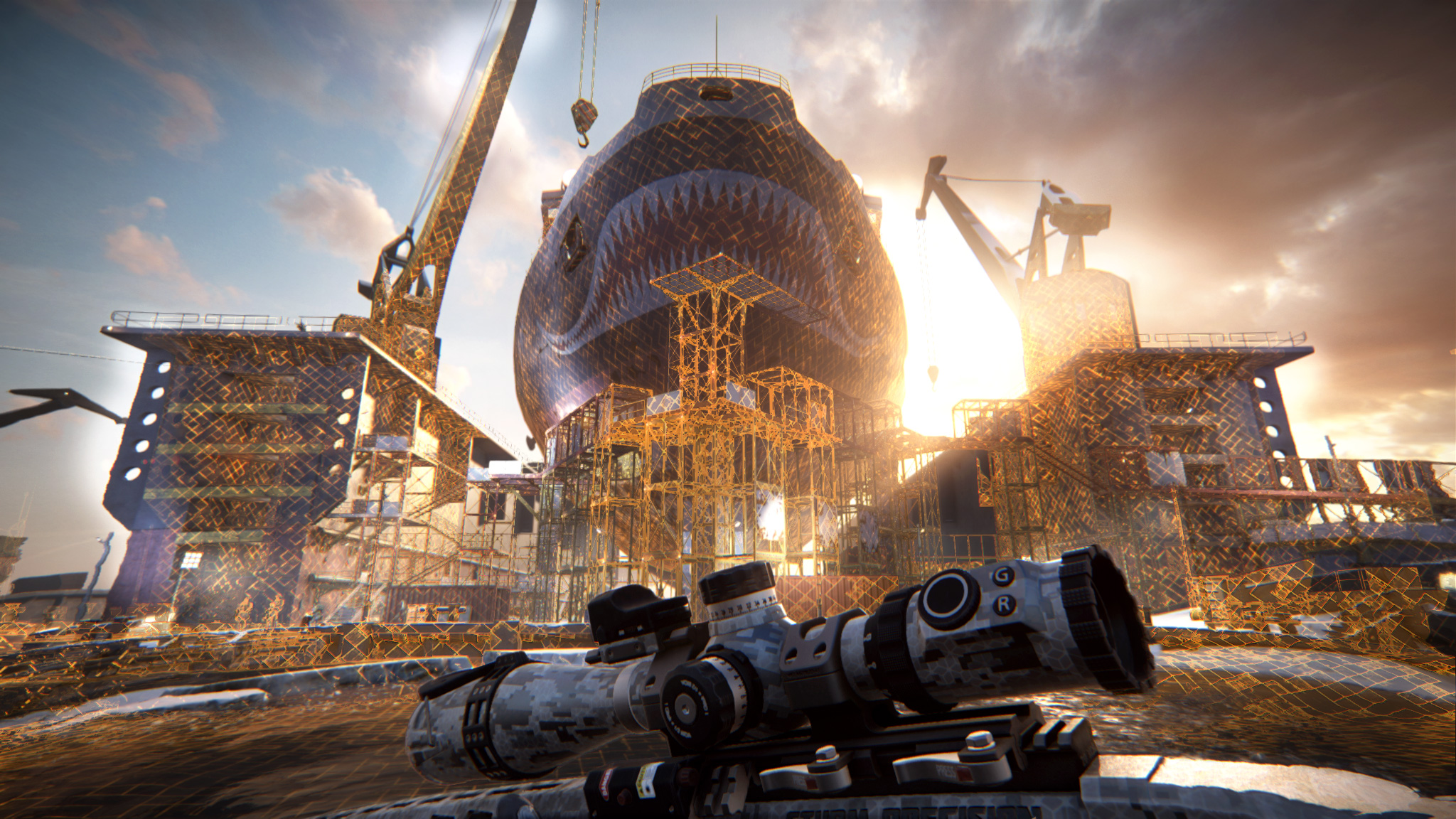
Most videogames don’t care, but it’s actually very hard to use a sniper rifle. Anyone who has played the Sniper Elite series, or its shabby sibling the Sniper Ghost Warrior series, will know there’s a fair bit of sitting around and (take a deep breath) mathematics involved. If you’ve ever sniped an enemy from afar in Borderlands or Destiny, you frankly don’t know shit about handling a sniper rifle. Even the Battlefield series, which has long embraced the truth that one’s reticule placement does not necessarily determine the bullet’s destination, doesn’t really prepare you for the pain that is actual sniping.
But Sniper Ghost Warrior Contracts, like its predecessors, wants to complicate things. I can’t vouch for how these games measure up to reality, for I have never fatally sniped an aggressor from a great distance. But for the benefit of anyone who has never played a Sniper Ghost Warrior game, or a Sniper Elite game, you won’t be quick scoping here.
Played on the right difficulty, these games are simulators rather than shooters. If they’re not strictly realistic, then they try their best to capture the tension of having to land a perfect shot the first time.
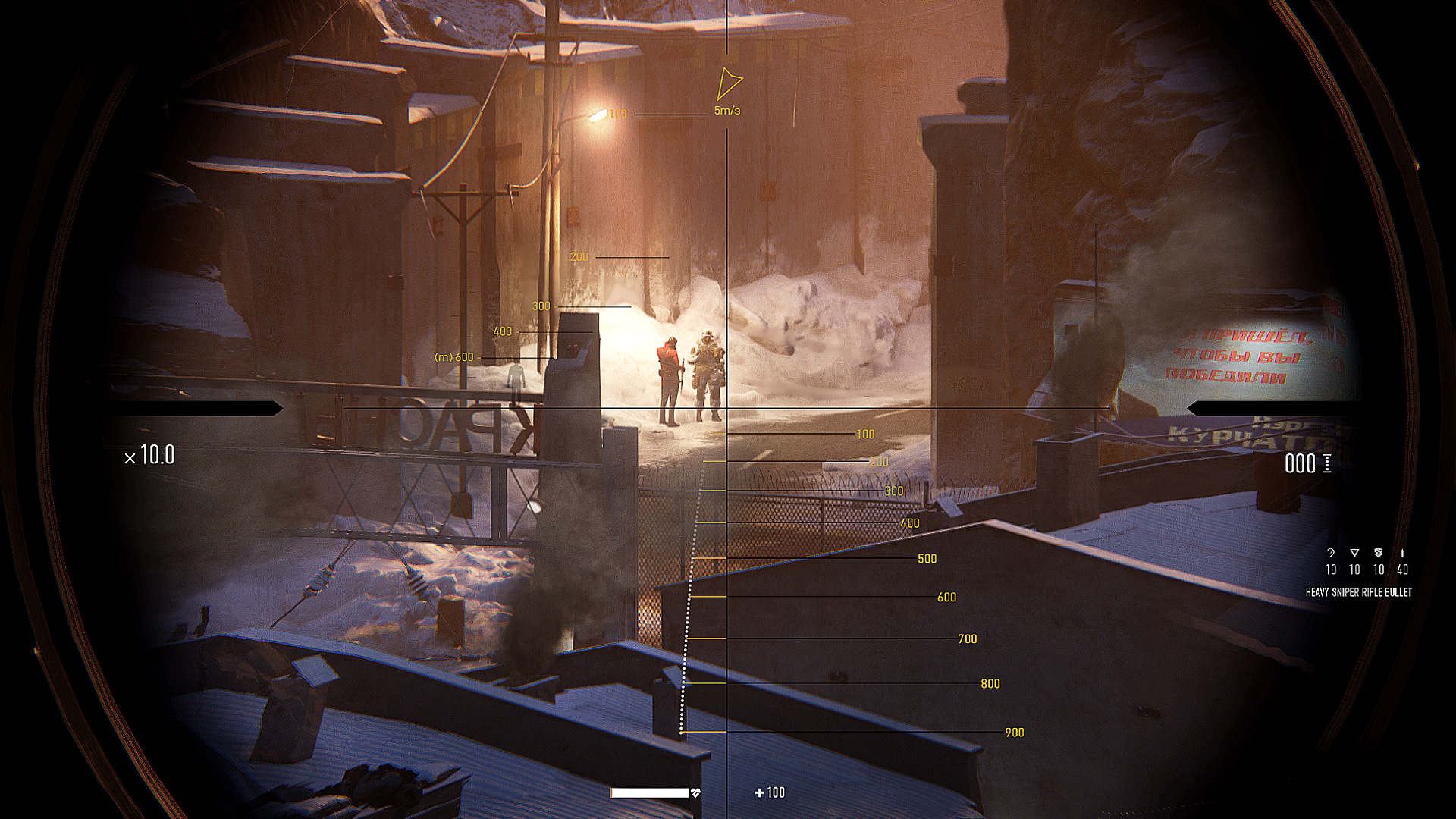
I played a bit of the latest Sniper Ghost Warrior recently. It’s CI Games’ "back to basics" installment after the reported disaster of Sniper Ghost Warrior 3’s open world outing (full disclosure: I never played it). There are five large sandboxes, each with five missions, and a lot of these missions require assassinating someone, though sometimes they require the retrieval of some object. It’s a stealth game at heart, you see. Except a stealth game with gloriously finicky sniper gunplay.
Some nefarious stuff is afoot in Siberia, and the hero must try to stop it. I couldn’t get a handle on Sniper Ghost Warrior Contracts’ story during my hands-on, but it seemed like the usual Cold War-era inspired stuff, just more technological (because it’s the future, now). There’s a small open world map, a handful of objectives which can be tackled in any order, but the order might affect the way you play. There are also mini-objectives that basically measure your effectiveness, and these encourage repeated playthroughs.
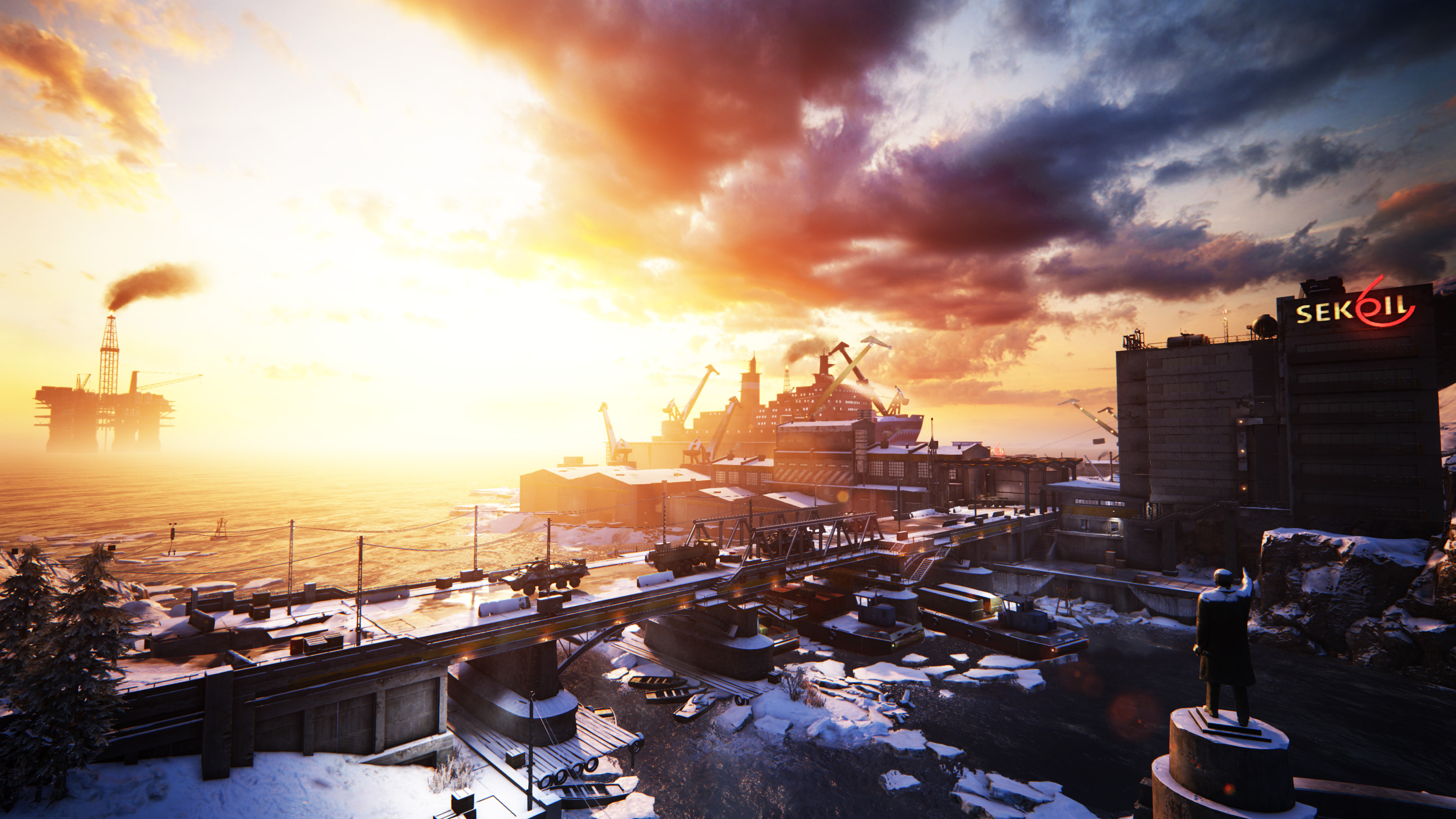
This is where Sniper Ghost Warrior Contracts’ light immersive sim elements come into the picture, and I like them. For example: In one mission I’m instructed to murder Antastasia X Alikhanova. The problem is she has a body double, and if you happen to murder that body double first, the authentic Anastasia X Alikhanova will flee (and this is a serious sniping game, so good luck taking them out in quick succession unless you’re a genius). So when you encounter these two identical NPCs, you might have to guess which one ought to be shot. But if you happened to do another mission first, you’ll learn that Alikhanova’s body double smokes cigarettes.
In order to demonstrate how open-ended the gameplay was, the person demoing the game for me found a very sneaky position from which to blow each up with a grenade. It’s possible to do things messily, but in this case you need a lot of courage (or trial and error), and of course you have to deal with the aftermath. The mission doesn’t end when the objective is completed: You need to get out, too. Still, it demonstrates that if you want to play the game as Grenade Foghorn Warrior, I suppose you can.
Keep up to date with the most important stories and the best deals, as picked by the PC Gamer team.
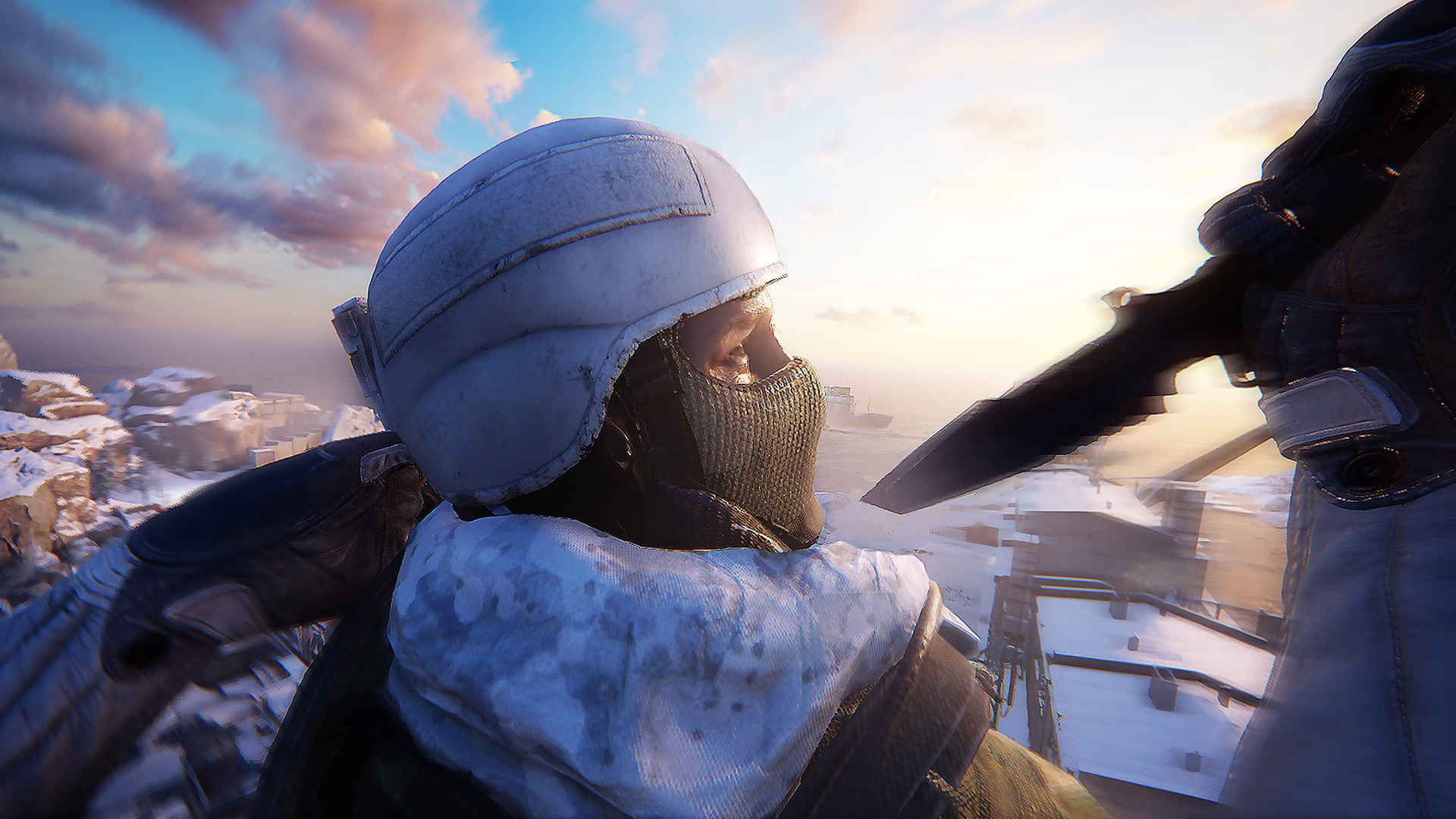
As a staunch believer in Sniper Elite 4 (it’s one of my favourite games of recent years), I enjoyed that Sniper Ghost Warrior Contracts is structured in much the same way, except it’s definitely less forgiving when it comes to handling the nominal sniper rifle. Even on the game’s easiest difficulty, bullet drop and wind trajectory must be taken into account, and while it seems laborious and tricky at first, there’s a formula at play. The real struggle comes in the usual stealth-oriented approach to infiltration: Marking enemies, figuring out who should go first (usually enemy snipers), and then moving forward according to best laid, quiet plans. If you happen to land a very good shot, you’ll get the slow-mo bullet cam gratification (though no gratuitous x-ray footage).
It wouldn’t be a modern game without an upgrade tree, and this is divided into three main categories: Scouting, utility and awareness. A couple of upgrades include the ability to see enemy vision cones, a sapper that whittles away the effectiveness of enemy turrets, as well as the usual boosts to health and stamina. There are gadgets too: Anti-tank mines, decoy traps, turrets, and drones for some Ubisoft-esque enemy marking. There are even weapons other than sniper rifles, everything from pistols to shotguns.
If you want things to get messy, you can make them messy. Good luck with that, though.
Overall I was pleasantly surprised by the brief time I spent with Sniper Ghost Warrior Contracts. The sniper nerd subgenre is a necessarily limited one, and overall this installment doesn’t really add anything groundbreaking to the formula. Nor will it likely boost sniper nerdery into mainstream adulation. But importantly, it feels tense. Tension is at the heart of a good stealth game, and this has it in spades.

Shaun Prescott is the Australian editor of PC Gamer. With over ten years experience covering the games industry, his work has appeared on GamesRadar+, TechRadar, The Guardian, PLAY Magazine, the Sydney Morning Herald, and more. Specific interests include indie games, obscure Metroidvanias, speedrunning, experimental games and FPSs. He thinks Lulu by Metallica and Lou Reed is an all-time classic that will receive its due critical reappraisal one day.
